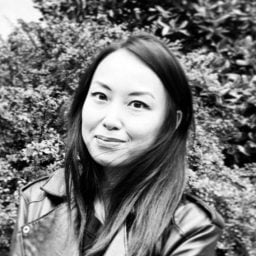Books
Marina Abramović, Ai Weiwei, and 31 Other Artists Reveal Moving Childhood Memories in a New Book
In "Dream On Baby," 33 artists recollect how their early years have shaped their creative practices.
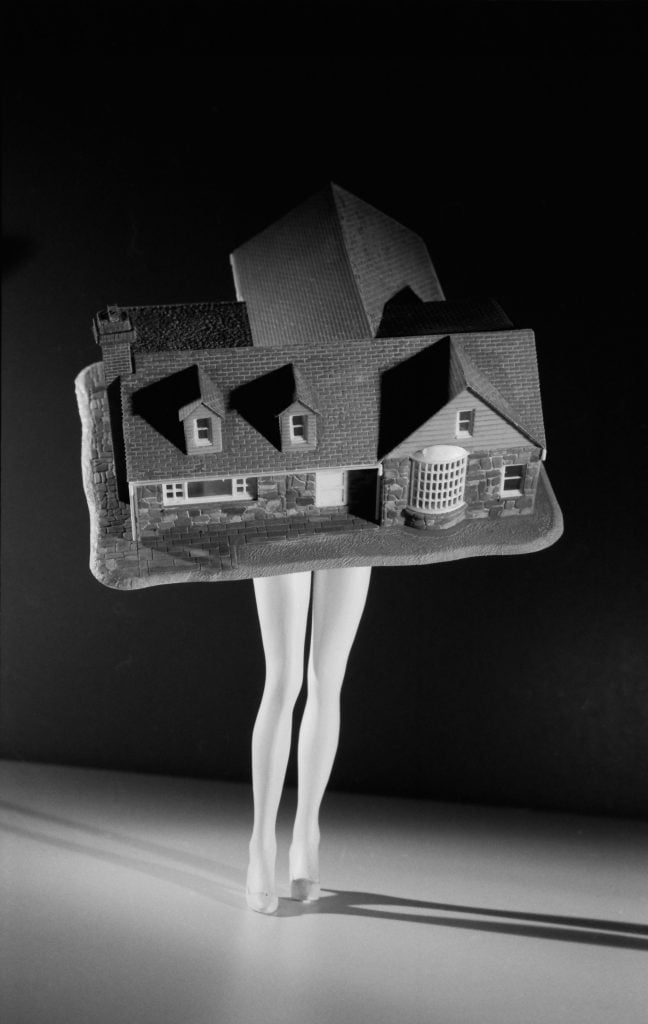
“The more fucked-up a childhood you have, the better artist you become because you have something to work with”—so says Marina Abramović at the opening of Dream On Baby. The new book by curator Gesine Borcherdt collects the childhood memories of 33 artists, compiling stories variously sad, funny, and moving. At its heart is the premise that the artist is very often formed in the cradle of their upbringing, whether fucked-up or not.
In Dream On Baby, you’ll find a tapestry of experiences—from Liu Ye’s boyhood during the Cultural Revolution, to Lynn Hershman Leeson‘s daily visits to the Cleveland Museum of Art as a child, to Richard Billingham’s discovery of joy amid poverty. But what unites these tales is the creative impulse they sparked in their tellers.
“Being an artist was no deliberate choice,” said Berlinde de Bruyckere, who grew up agitating against the strictures of her Catholic boarding school, “but I do recall that drawing was an act of resistance.”
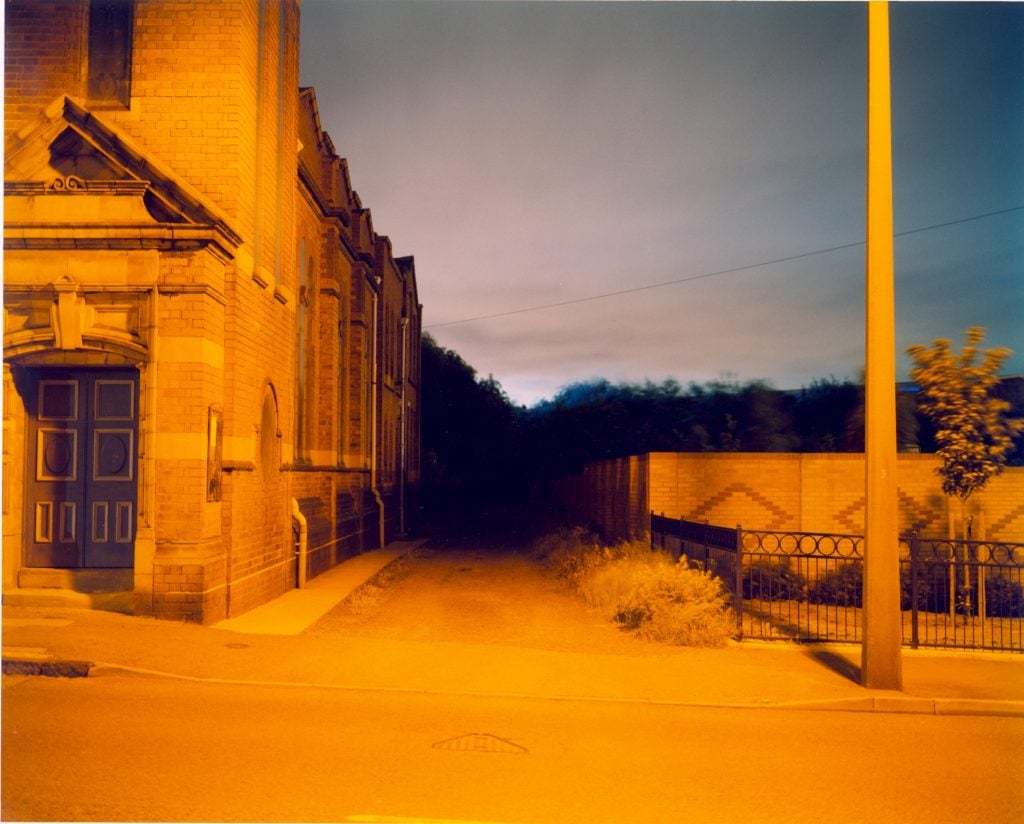
Richard Billingham, Untitled, from the “Black Country” series (2003). Photo: © the artist and VG Bild-Kunst, Bonn 2023; Courtesy Anthony Reynolds London.
The Berlin-based Borcherdt, who has written about art for some two decades, began assembling these stories after being struck by how artists she encountered often “pinpointed a moment from childhood as the source of their irrepressible desire to make art.” Using their early experiences, these creatives, she wrote in the book’s foreword, “find ways to shed some light on what otherwise would’ve remained blind spots and turn them into something new.”
The book grew out of Borcherdt’s 2020 exhibition “Dream Baby Dream” at the Haus Mödrath – Räume für Kunst in Kerpen, Germany, which explored how artists mined their childhoods for inspiration. “I wanted to give it a greater, more lasting presence, so I started doing the interviews that make up this book,” she wrote. “I found stories that were touching, amusing, tragic, and heartrending—and each of them proved unique.”
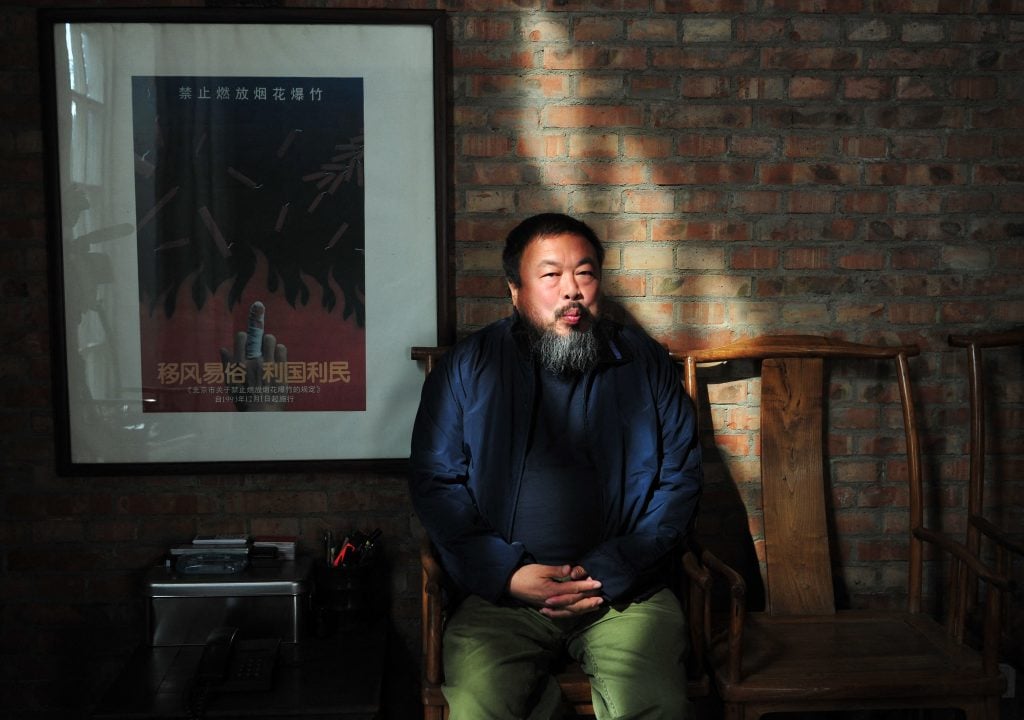
Ai Weiwei in Beijing, 2009. Photo: Frederic J. Brown / AFP via Getty Images.
Indeed, it’s often the particulars that make these recollections—some told here for the first time—so surprising.
Ai Weiwei details growing up in exile on the edge of the Gurbantünggüt Desert in China, a period of deprivation that fueled his fight for “an absolutely free space to think.” Meanwhile, amid the tumult of her own upbringing in New Orleans, Vaginal Davis remembers visiting a bookstore that wrapped up purchases in brown paper and twine. “Little details like that contributed to my being so precise with my own art practice,” she said.

Dream On Baby: Artists and Their Childhood Memories by Gesine Borcherdt. Photo courtesy of Hatje Cantz.
Also notable are the open-hearted parents who embraced their children’s creative energies. Artists including Jeff Koons, Lynda Benglis, and Ryan Trecartin recall relatively idyllic early years, their “eccentric” inclinations uniquely encouraged. “I think my parents were aware that they had a weirdo kid,” said Laurie Simmons, “so they had a built-in excuse for the fact that I was so different from my sisters and other children by simply telling people that I was an artist.”
Each entry in the book is accompanied by artists’ childhood photos and their earliest stabs at art, most never before seen.
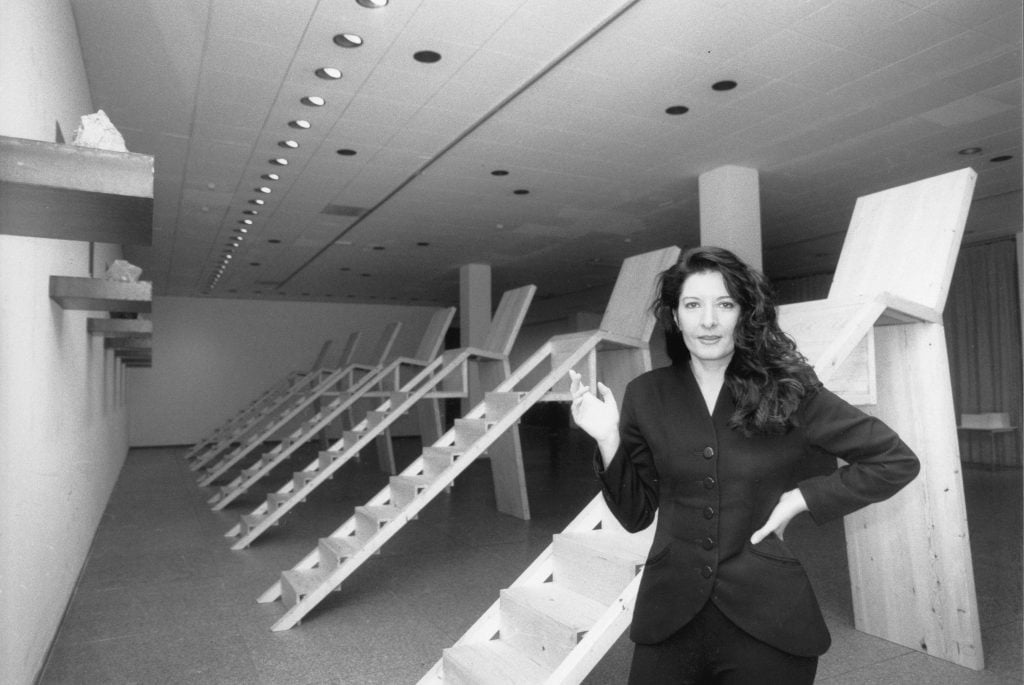
Marina Abramović in Berlin, Germany, 1993. Photo: Will/ullstein bild via Getty Images.
And as for Abramović, she gives an account of her psychologically grim upbringing in Serbia, her sense of loneliness vividly detailed. She recounts the “heavy story” about her father tossing her off a rowboat into the Adriatic Sea to teach her how to swim when she was six years old. It took her 50 years to overcome that trauma, she reflected, but at the same time, it fueled her provocative work.
“Pain is a huge teacher… And of course, pain starts from being hurt in childhood,” she said. “It looks like a child is innocent, but a child never forgives and never forgets.”
Dream On Baby: Artists and Their Childhood Memories is now out on Hatje Cantz.

